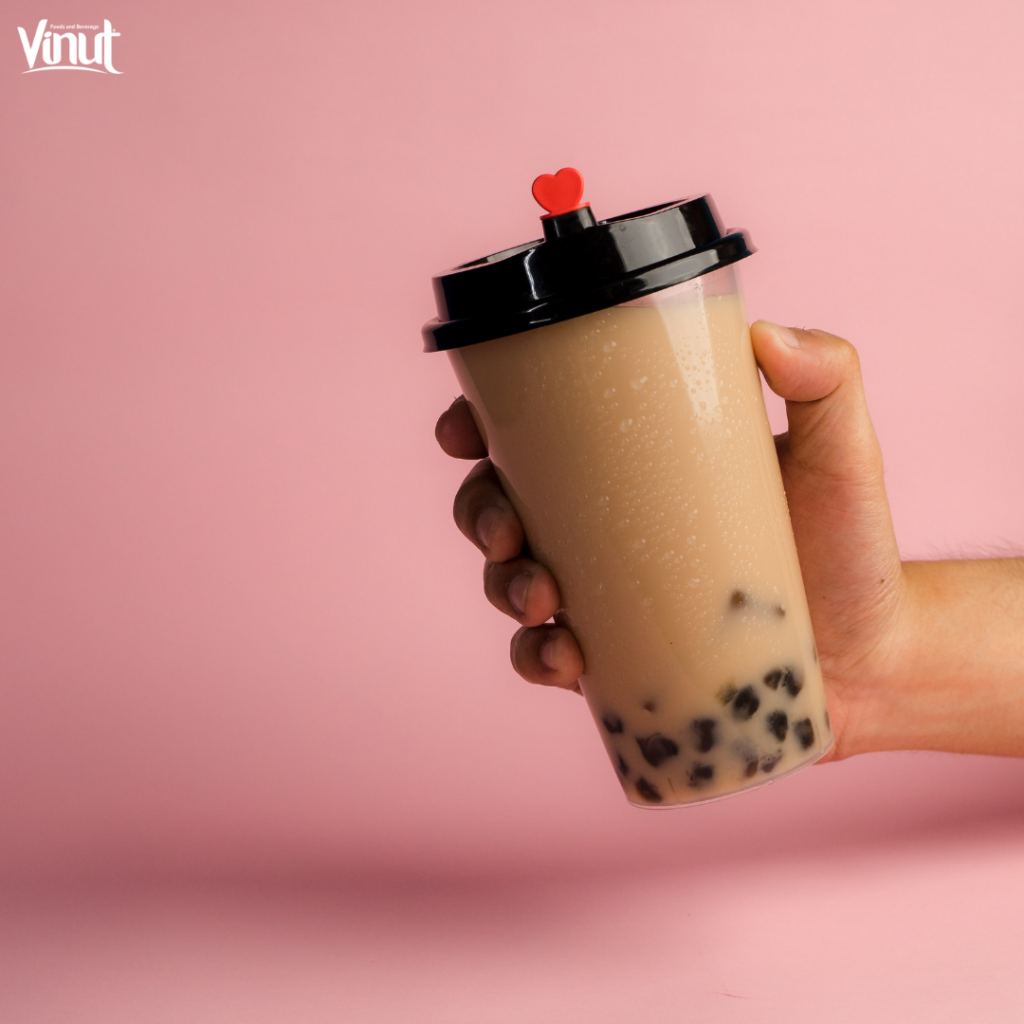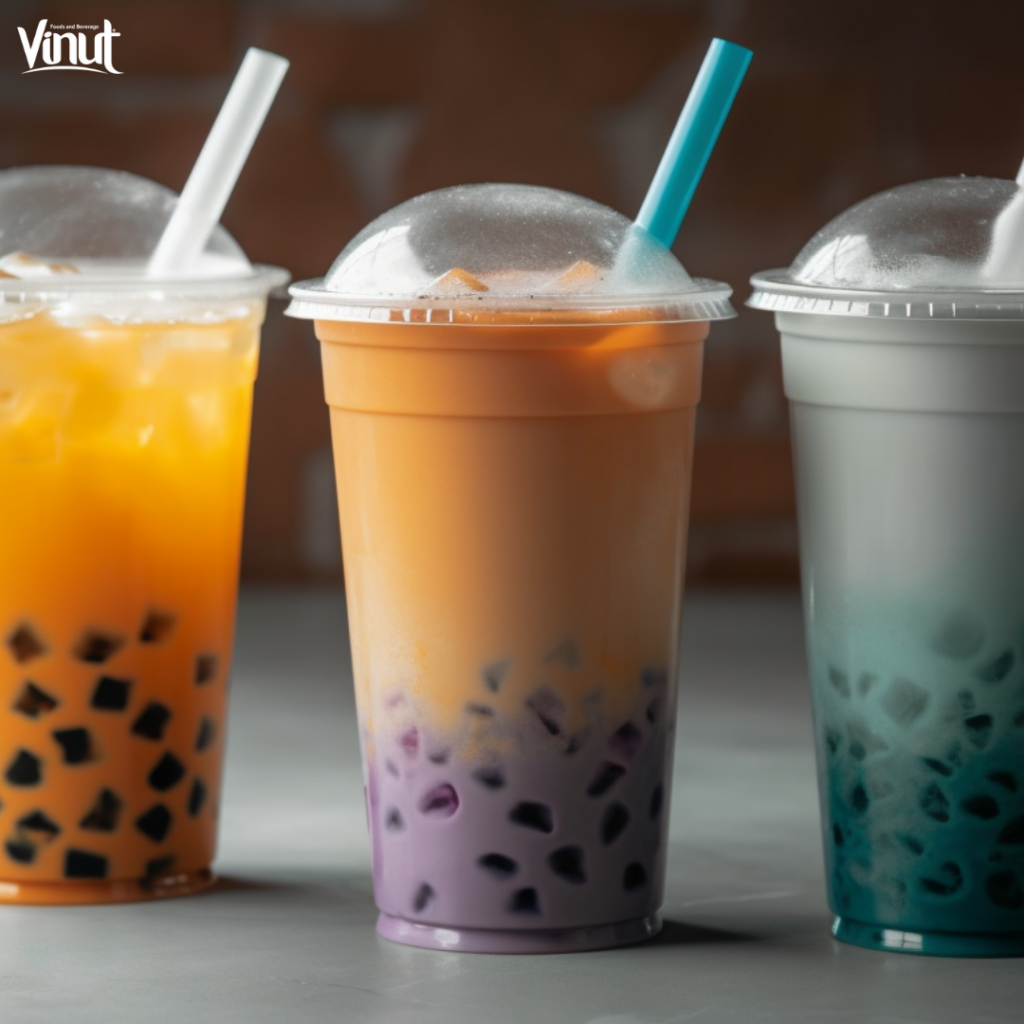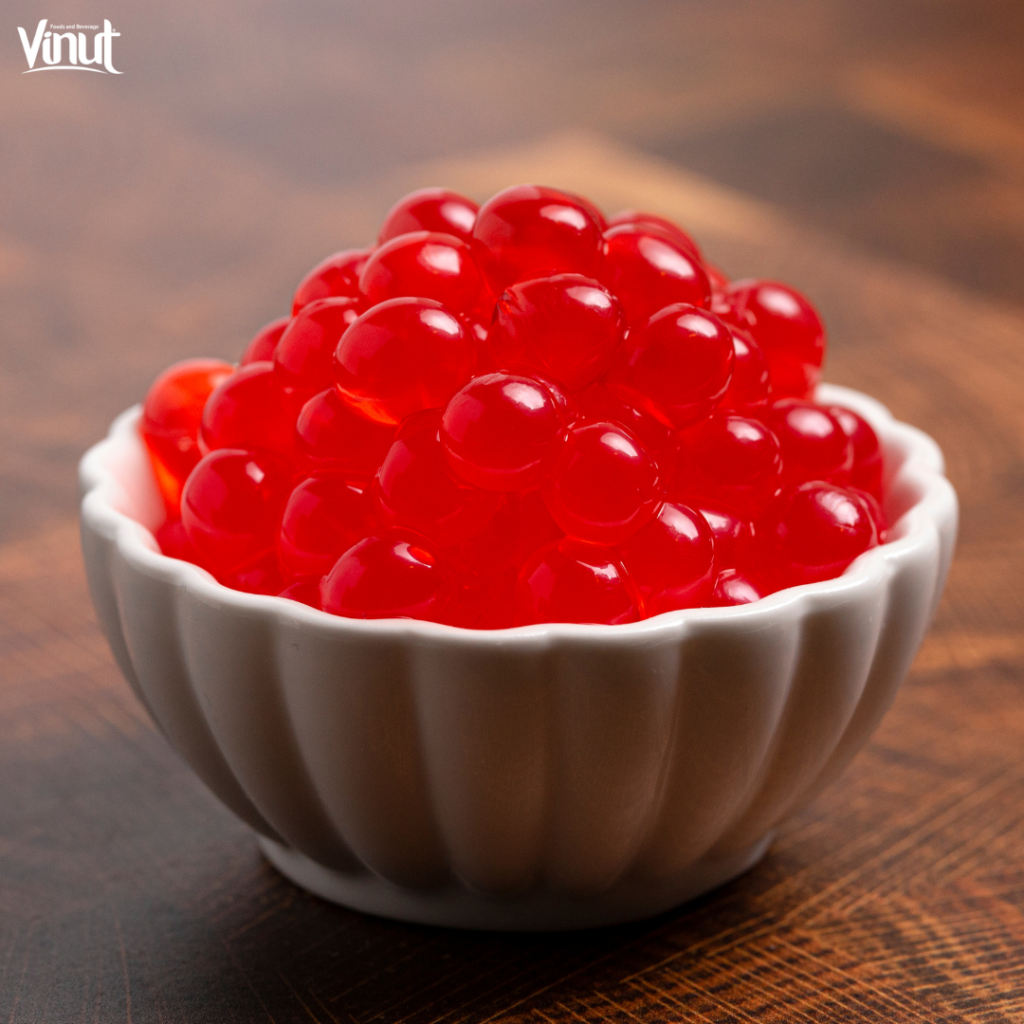
News
Bubble Tea vs. Popping Boba: What’s the Difference?

Bubble tea, often called “boba,” has become a global sensation over the past few decades. Originally from Taiwan, it’s known for its refreshing flavors and, most notably, its chewy tapioca pearls at the bottom of the cup. However, with the rise in popularity of boba drinks, a new player has emerged in the game: popping boba. While both bubble tea and popping boba may sound similar, they offer distinct textures and experiences. Let’s explore the differences between the two and what makes each one unique.

Table of Contents
1. What Is Bubble Tea?
Bubble tea, also known as boba tea, is a tea-based drink that traditionally contains brewed tea, milk, sugar, and chewy tapioca pearls (also called boba). The drink can be served either hot or cold, and it comes in a wide range of flavors. The tapioca pearls, made from cassava starch, are boiled to create a gummy, chewy texture, giving bubble tea its characteristic mouthfeel.
1.1 Ingredients in Bubble Tea
The primary components of traditional bubble tea include:
- Tea: Black, green, or oolong teas are most commonly used.
- Milk: Fresh milk, almond milk, coconut milk, or creamers can be used, depending on preferences.
- Sweetener: Syrups or sugars to enhance the sweetness.
- Tapioca Pearls: Chewy, gummy balls that settle at the bottom of the drink, made from tapioca starch.
2. What Is Popping Boba?
Popping boba, on the other hand, is a modern twist on traditional boba. Instead of the chewy, gummy texture, popping boba is filled with juice and bursts open when bitten, releasing a burst of flavor into your mouth. These small, translucent spheres are made using a process called spherification, where fruit juices are encapsulated within a thin membrane that “pops” when you bite into them.
2.1 Ingredients in Popping Boba
- Juice: Popping boba is filled with various types of fruit juices, such as mango, strawberry, lychee, and passion fruit.
- Sodium Alginate and Calcium Chloride: These are used in the spherification process to form the popping membrane.
- Water: Often used as a base to help form the outer layer.

3. Texture Differences: Chewy vs. Popping
One of the key differences between bubble tea and popping boba lies in the texture. Traditional tapioca pearls are chewy and gummy, providing a tactile experience that has become a defining characteristic of bubble tea. For many, it’s this chewy texture that makes bubble tea so satisfying.
Popping boba, in contrast, offers a completely different sensory experience. Rather than chewy, popping boba gives an immediate burst of liquid flavor. It’s light, juicy, and more delicate compared to the dense, chewy tapioca pearls.
4. Flavor Profiles
The flavor experience between bubble tea with tapioca pearls and a drink with popping boba also differs significantly.
- Tapioca Pearls: Tapioca doesn’t have a strong flavor on its own; it’s mostly neutral or slightly sweet. It absorbs the flavors of the drink it’s paired with, enhancing the overall experience.
- Popping Boba: Popping boba, on the other hand, comes in a variety of fruit flavors. These boba add a burst of tangy, sweet juice that contrasts with the base drink, offering a refreshing and exciting flavor combination.

5. The Popularity of Both
Bubble tea has its roots in Taiwan from the 1980s and has remained a global favorite, particularly for those who enjoy the chewy texture of tapioca pearls. Its popularity continues to soar, with tea shops constantly introducing new flavors and variations.
Popping boba, on the other hand, is a relatively new addition to the boba scene but has gained a loyal following, especially among those who prefer a lighter, fruitier, and more interactive experience. Because of its bright colors and juicy flavor bursts, popping boba often appeals to those looking for a more playful twist on their beverage.
6. Health Considerations
When comparing the health aspects of traditional bubble tea versus popping boba, there are a few things to consider:
- Calories: Traditional tapioca pearls are made from cassava starch, meaning they can add significant calories and carbohydrates to a drink. In contrast, popping boba, being juice-based, may have fewer calories depending on the type of juice used, though added sugars can still increase the calorie count.
- Nutritional Value: While tapioca pearls don’t offer much in terms of vitamins or nutrients, popping boba—especially if made with real fruit juice—can add a bit of vitamin C and other fruit-based nutrients to your drink.
- Sugar Content: Both traditional bubble tea and popping boba drinks can contain added sugars, either through the base drink or the pearls themselves. It’s always good to keep in mind the sugar content when indulging in these sweet beverages.

7. Which Is More Fun to Drink?
The fun factor of both bubble tea and popping boba really comes down to personal preference. Some people love the chewiness of tapioca pearls and find the texture satisfying. Others enjoy the excitement of popping boba, with its burst of fruit flavor and the way it “explodes” in your mouth.
If you enjoy a chewy, more substantial drink experience, traditional bubble tea is likely your go-to. However, if you’re seeking a lighter, juicier, and fruitier experience, popping boba may be the more exciting option for you.
8. How Are They Served?
Bubble tea and popping boba are both served in a wide variety of beverages. While both can be found in milk teas, iced teas, smoothies, and even slushies, the difference comes in how they are presented:
- Bubble Tea: Often served in a milk-based tea, with the chewy tapioca pearls sinking to the bottom of the cup.
- Popping Boba: Usually added to fruit teas, lemonades, or slushies, where their fruity flavors can shine through.

9. DIY: Making Bubble Tea and Popping Boba at Home
Both bubble tea and popping boba can be made at home, though they require different techniques.
- Bubble Tea: To make traditional bubble tea, you’ll need to cook tapioca pearls, brew your favorite tea, and mix it with milk and sugar. It’s a simple yet satisfying process.
- Popping Boba: Making popping boba at home is a bit more complex due to the spherification process. It involves using sodium alginate and calcium chloride to create the popping effect. While more challenging, it’s a fun experiment for those who love to explore culinary science.
10. The Verdict: Bubble Tea or Popping Boba?
Ultimately, whether you prefer traditional bubble tea or popping boba comes down to personal taste. Both offer unique and delightful experiences. If you love the chewiness and fullness of tapioca pearls, bubble tea is the classic choice. If you’re after a lighter, more playful drink experience with a burst of flavor, popping boba is your go-to.
In the ever-evolving world of beverages, both bubble tea and popping boba have carved out their places, offering different but equally enjoyable textures and tastes.

Conclusion
Whether you’re sipping on a chewy bubble tea or enjoying the fruity burst of popping boba, there’s no denying that both have their own charm. The choice between the two really depends on what kind of experience you’re after. Are you in the mood for something traditional and comforting, or do you crave something light and fun? Either way, the world of boba drinks continues to expand, giving us more options to explore with every sip.
